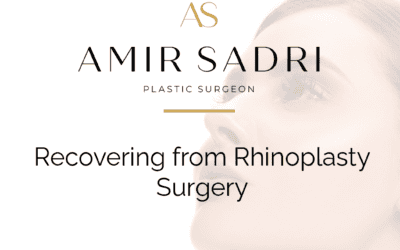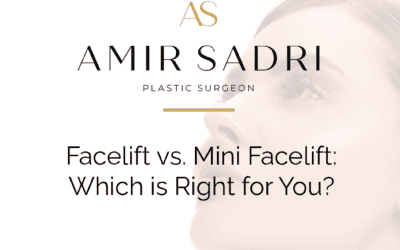Ear lobe surgery, also known as otoplasty or earlobe repair, is a cosmetic procedure designed to correct and enhance the appearance of the ear lobes. Whether you’re looking to fix torn or stretched ear lobes due to earrings, gauges, or even trauma, ear lobe surgery offers a viable solution. This comprehensive guide will provide you with everything you need to know about the procedure, from consultation to recovery.
Reasons for Ear Lobe Surgery
There are several reasons why individuals opt for ear lobe surgery. The most common reasons include:
- Torn Ear Lobes: Heavy earrings or accidents can tear the ear lobes, making it difficult to wear earrings again.
- Stretched Ear Lobes: Gauging, a popular body modification practice, can stretch ear lobes to a point where they don’t return to their natural shape.
- Aging: As we age, our ear lobes may lose elasticity and sag, creating an aesthetically unpleasing appearance.
- Keloids and Scars: Previous piercings can lead to the formation of keloids or scars that need surgical intervention for removal.
The Consultation
Before undergoing ear lobe surgery, it’s crucial to have an initial consultation with a qualified plastic surgeon. During this consultation, the surgeon will:
- Assess the condition of your ear lobes
- Discuss your medical history
- Explain the surgical procedure
- Set realistic expectations
- Provide an estimate of the cost
The Procedure
Ear lobe surgery is typically performed under local anesthesia and takes about 30 minutes to an hour per ear. The surgeon will make small incisions to remove excess skin or repair tears. After repositioning the tissue, the incisions are closed with fine sutures. The goal is to create a natural-looking ear lobe with minimal scarring.
Recovery and Aftercare
Post-operative care is essential for a successful recovery. Generally, patients can return to their daily activities within a day or two. Here are some tips for a smooth recovery:
- Avoid Touching: Keep your hands off the surgical site to prevent infection.
- Clean Gently: Follow the surgeon’s instructions for cleaning the area.
- No Earrings: Refrain from wearing earrings until fully healed, usually about six weeks.
- Monitor for Complications: Watch out for signs of infection or complications and contact your surgeon if any issues arise.
Risks and Complications
Like any surgical procedure, ear lobe surgery comes with its risks. Infection, asymmetry, and scarring are potential complications, though they are relatively rare. Choosing an experienced and reputable surgeon significantly reduces these risks.
Conclusion
Ear lobe surgery is a straightforward and effective solution for those seeking to repair or enhance their ear lobes. From the initial consultation to recovery, understanding what to expect can help ensure a smooth and satisfying experience. If you’re considering ear lobe surgery, consult with a qualified plastic surgeon to discuss your options and achieve the best possible results.




